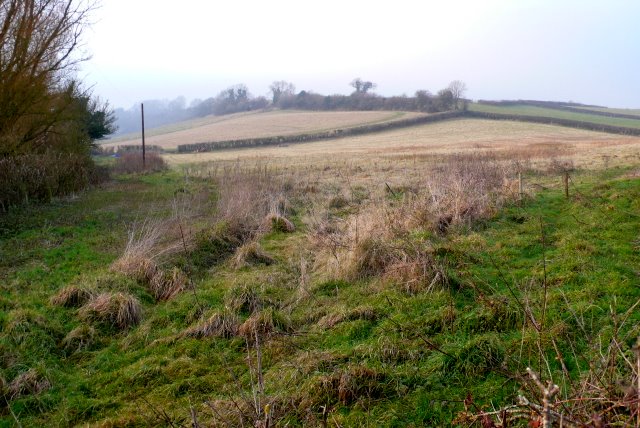
Countryside near Alton pancras Nigel Mykura [CC BY-SA 2.0], via Wikimedia Commons
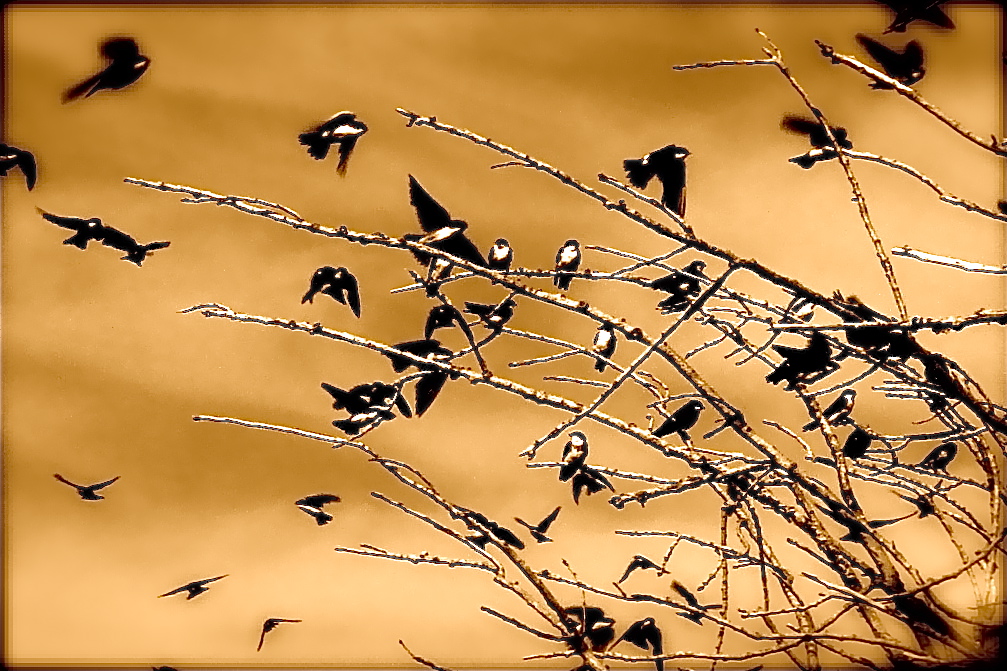
Swallows By L’eau Bleue. Flickr. (CC BY-SA 2.0)
“I was travelling, and out early in the morning: at first there was a vast fog; but, by the time that I was got seven or eight miles from home towards the coast, the sun broke out into a delicate warm day. We were then on a large heath or common, and I could discern, as the mist began to break away, great numbers of swallows (hirundines rusticae) clustering on the stinted shrubs and bushes, as if they had roosted there all night. As soon as the air became clear and pleasant they all were on the wing at once; and, by a placid and easy flight, proceeded on southward towards the sea: after this I did not see any more flocks, only now and then a straggler.”
Gilbert White’s The Natural History and Antiquities of Selbourne is one of the classics of nature writing, and is also mentioned in science and religion circles from time to time because he was ordained in the Church of England. There’s even an apocryphal story online that this is one of most printed books in the country, after the Bible and Shakespeare. White has often been held up to me as a great example of someone who saw natural history as being a very worthwhile pursuit for a country parson. Here, science and faith are in harmony. The author even hopes his readers will be inspired to “pay a more ready attention to the wonders of the Creation”.
I assumed White’s book was one of those classics that are often quoted but too dry to actually read, until I came across a copy in the tearoom of the History and Philosophy of Science department. I was surprised by his fresh and very readable descriptions of the animals he studied that I immediately put it on my wish list. I found several copies in a fabulous second hand bookshop in Inverness this summer, and bought the cheapest one.[1]
The whole book is a series of letters about the parish of Selbourne where White is a curate. In between his descriptions of the location and its history, White shares stories about wildlife as he sees it through the seasons, and the things he learns as he consults books and naturalist friends. There is an immediacy to the descriptions that allows him to get away with packing in quite a bit of scientific detail.
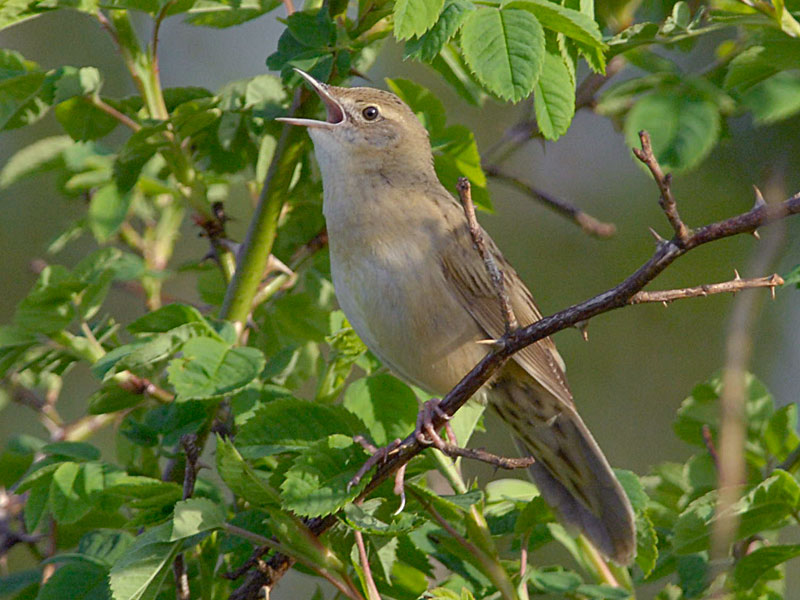
Locustella naevia By Stefan Hage, Birds.se (Own work) [GFDL or CC-BY-SA-3.0], via Wikimedia Commons
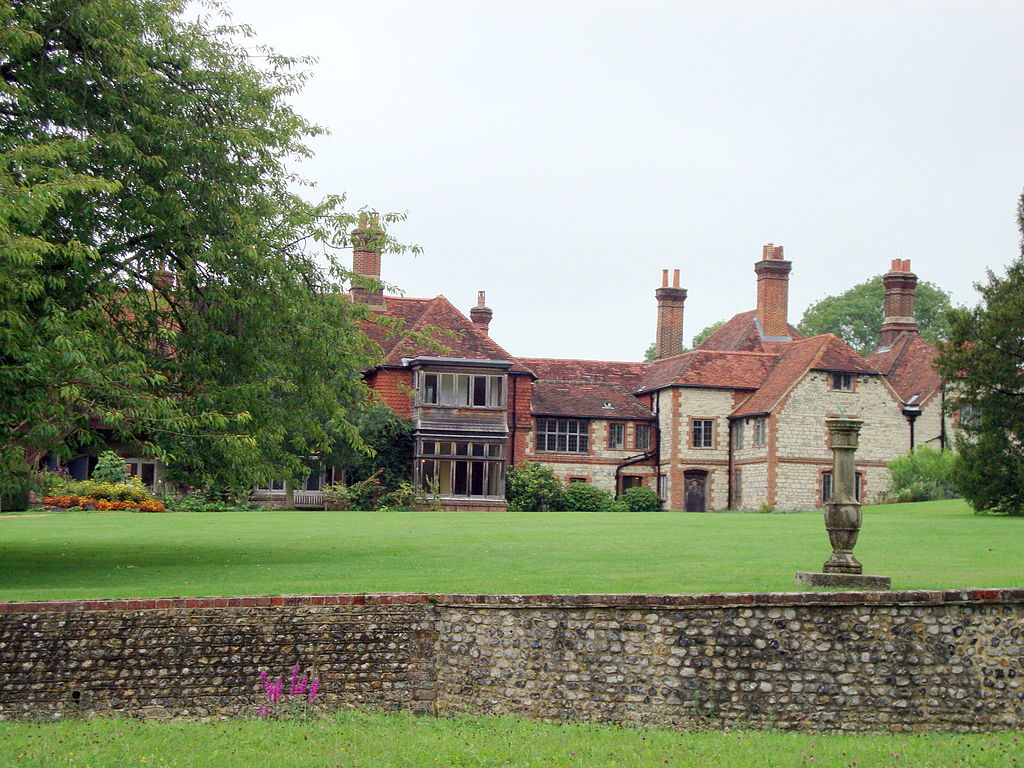
Gilbert White’s house By Ludi Ling (Own work) [CC BY-SA 3.0], via Wikimedia Commons
So perhaps ‘church leader’ is rather too generous a description of White. He also seems to have ignored most of the scientific works of his day, preferring to use his great skills of observing and recording the things he saw in this small area of rural England that he came to know so well. I do think, though, that any minister or church member could learn from his appreciation of creation. If we all spend twenty minutes a week to stare into a bush, pond or tree, experiencing wildlife first-hand, what could that do to fuel our worship and action in the world?
White’s book can be downloaded for free at http://www.gutenberg.org/ebooks/1408
[1] A 1901 edition that had been sold off by the library of my own University of Aberdeen, which I bought for a mere £9.
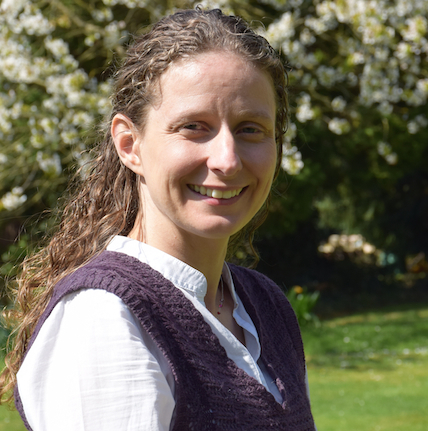
Ruth Bancewicz, © Nigel Bovey
Ruth Bancewicz is a Senior Research Associate at The Faraday Institute for Science and Religion, where she works on the positive interaction between science and faith. After studying Genetics at Aberdeen University, she completed a PhD at Edinburgh University. She spent two years as a part-time postdoctoral researcher at the Wellcome Trust Centre for Cell Biology at Edinburgh University, while also working as the Development Officer for Christians in Science. Ruth arrived at The Faraday Institute in 2006, and is currently a trustee of Christians in Science.





